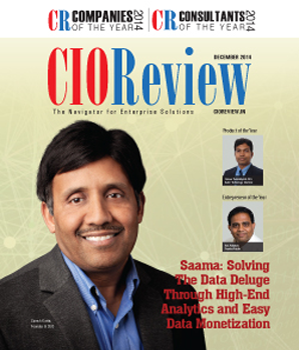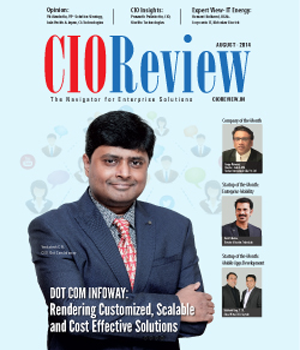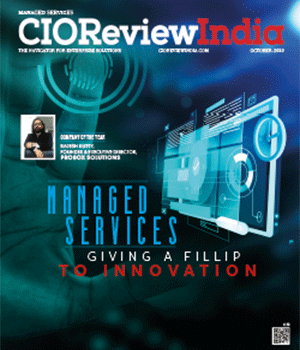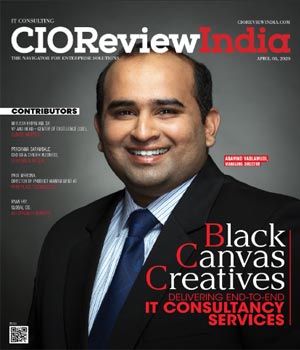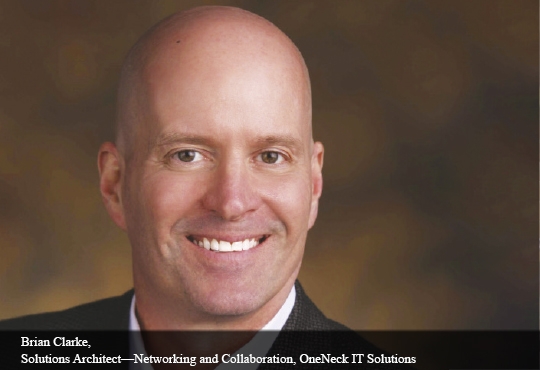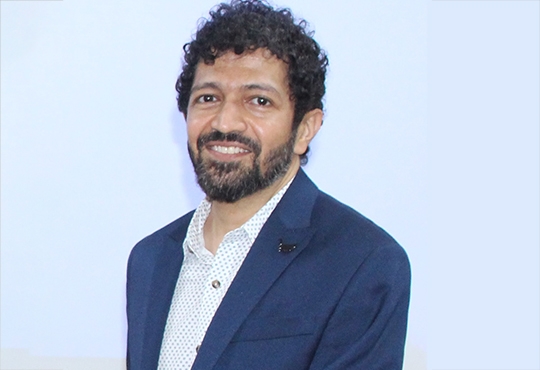
What does the US President's Executive Order Mean for Indian IT Sector
Janifha Evangeline | Thursday, 15 July 2021, 03:47 IST

On 9th July 2021, the US President Joe Biden signed an Executive Order with an aim to promote competition in the US economy that will not only reduce prices for families and increase wages for employees/workers but also promote faster economic growth. For decades, corporate mergers/corporate consolidation is on the rise and in over 75 percent of industries in the US, a few of the large enterprises now control more of the business than they did two decades ago. And this holds true across sectors such as agriculture, healthcare, financial services, and many others.
Since fewer larger companies have taken control over a major portion of the market, mark ups have tripled and it has resulted in an increase in prices for consumers owing to lack of competition. Therefore, families have no choice other than to pay more for necessities that include prescription drugs, internet services, etc. The lack of competition has also resulted in less wages for workers. The simple reason is that when there are only a few employers in a particular city/country, the employees, unfortunately, have very little probability to demand a higher wage and demand dignity and respect in their place of work. Thus, these unfortunate situations (higher prices and lower wages) caused owing to lack of competition are now reckoned to cost the median American household - five thousand US dollars/ year.
“Capitalism without competition isn’t capitalism. It’s exploitation,” Biden stated at the White House in his speech prior to signing the directive. Therefore, intending to decrease the trend of corporate consolidation, augment competition, and provide concrete benefits to the US’, farmers, workers, consumers as well small businesses, the US President has taken decisive action. This new executive order comprises 72 actions and recommendations and involves a dozen federal agencies. It is mainly intended to reshape the thinking around the corporate corporation and antitrust laws. Once these initiatives are implemented, they are expected to bring substantial improvements to people’s lives in the US.
Assessing its impact on the Indian IT sector
The USD 150 billion IT services industry of India is anticipated to observe a “five-year mega growth” cycle owing to the velocity at which American organizations remodel themselves digitally. This was informed by outsourcing consultants to ET, citing the US President’s executive order that was signed in order to increase competition in the US economy.
“The latest direction from the US administration adds to the growing backlog of digital transformation projects in the marketplace. This bodes well for the Indian IT industry and will further accelerate an already hot market for them,” mentioned Peter Bendor-Samuel, Chief Executive Officer of Everest Group, a US-based IT advisory, and analysis agency. “We believe that the market is at the start of a five-year megacycle as digital transformation and modernization move into its scaling phase,” Bendor-Samuel added.
While enabling customers to switch banks by requiring banks to allow customers to take their transaction data with them is one among the plans of this Executive order, Indian IT firms earn over a 3rd of their revenue from banking and finance customers, across the globe. In an analysis posted by the National Foundation for American Policy, it was discovered that there was an 11 percent rise in job vacancies for computer-related occupations in the last 1 year. This certainly demonstrates a tailwind for demand in the IT landscape.
Increasing need for infrastructure modernization
“US companies have gotten more and more reliant on the Indian IT majors on this rising financial system,” stated Phil Fersht, CEO of IT advisory HFS Analysis. The increasing need for infrastructure modernization by US organizations will add on to further exacerbate shortages of employees with IT knowledge and AI expertise, leading them to approach IT service providers with massive, skilled talent bases in India.
“In pre-pandemic times, many US politicians advocated against offshore resources, but this is no longer an option as the talent shortages in the US are a serious issue. I see a continued growth period for hybrid offshore/onshore outsourcing over the next few years, which will accelerate as we gradually emerge from the pandemic over the next few months,” Fersht mentioned. “The US is affected by an expertise scarcity and the Indian majors, as they more and more globalize, will grow to be vital companions to the vast majority of the Global 2000 firms over the following couple of years,” he identified.
Having offered jobs to 40000 fresh graduates in the last 12 months, TCS affirms that India’s talent base has made companies across the globe look at India for their technology people needs. “There’s nowhere else in the world that you will get such phenomenal talent and the scale that it will get in India,” TCS Chief working Officer NG Subramanian mentioned on Friday earlier than the Biden transfer. “If somebody says that Indian talent is becoming more expensive and salaries are higher than Poland and Eastern Europe because that’s available at lower cost, I will be very surprised because we are into this globally.”
Apart from big tech and financial services, the Executive Order also seeks to lay curbs on industries such as healthcare, agriculture, and transportation. And, these are all key/important industries for the Indian IT industry. However, it will be intriguing to watch how it will unfold at the execution level.
CIO Viewpoint
With Managed Services Organizations Can Reduce...
By Krishnakumar Madhavan, Head IT & Innovation, KLA Software India Pvt Ltd
By Amandeep Singh, Vice President & Group Head - IT Infrastructure, Thomas Cook India Limited
By Brian Clarke, Solutions Architect-Networking and Collaboration, OneNeck IT Solutions
CXO Insights
Innovation in IT: Meeting Evolving Demands and...
By K Shivasankar, Vice President - Technology & Solutions, India, NTT DATA Inc
Low-Code/No-Code: The Key to Intelligent...
By Sachin Panicker, Chief AI Officer, Fulcrum Digital
Maximizing Business Insight with Big Data...




